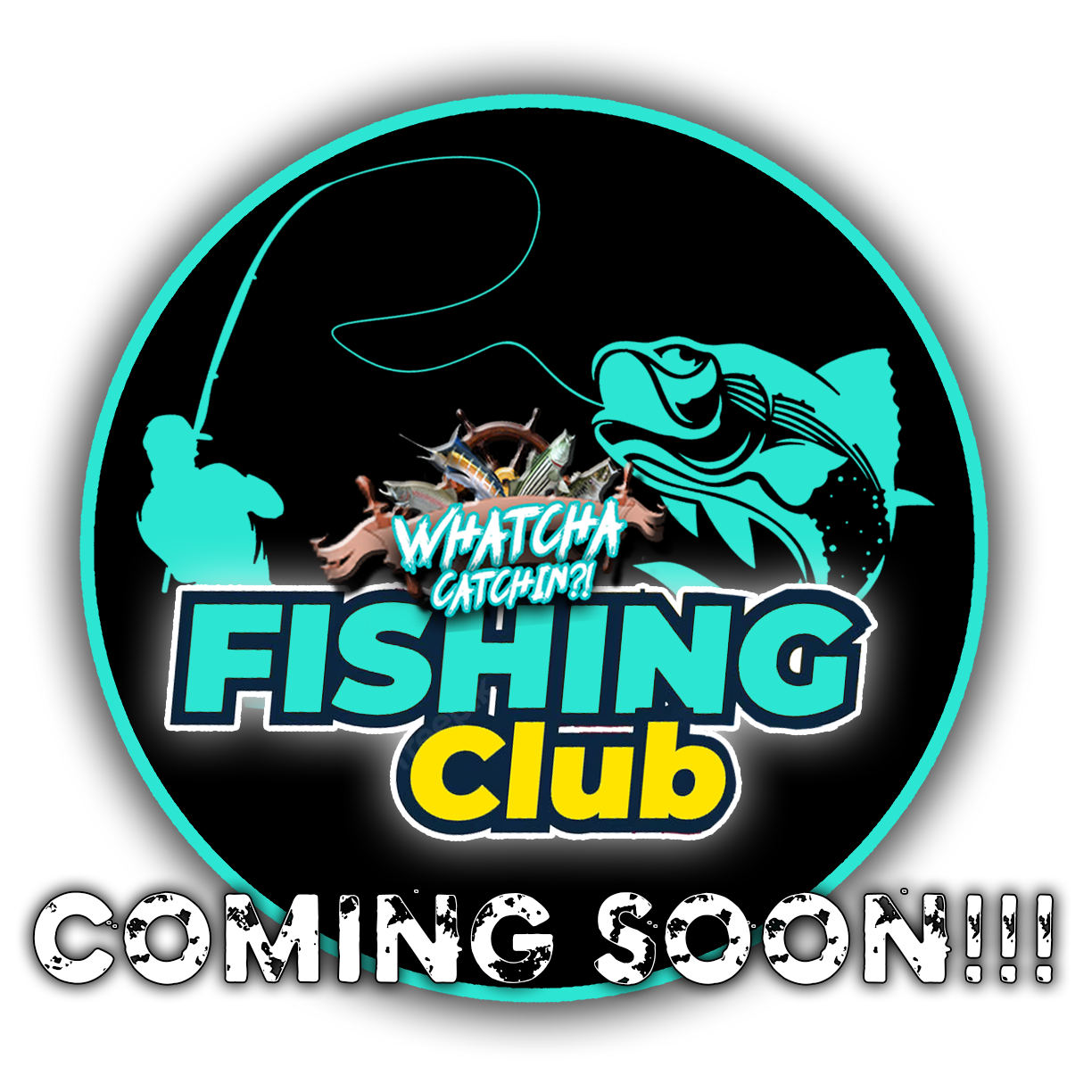Last month, the U.S. Department of Commerce notified Maryland Gov. Wes Moore that it has declined Maryland’s request for a federal commercial fisheries disaster declaration that was sought to help address the economic and ecological damage caused by the spread of invasive catfish and snakeheads in the Chesapeake Bay watershed.
Maryland made the unique request in March as a way to highlight and mitigate the harm that invasive Chesapeake blue catfish, flathead catfish, and snakehead have on economically important Bay species such as blue crabs and menhaden, which the invasives eat. Under federal law, fishery disaster requests can be granted after a state experiences a large, sudden, and unexpected decrease in fish stock that causes a significant loss in a commercial fishery. Commerce ruled that blue catfish have not had sufficient impact on commercial fishery revenues to qualify for fisheries disaster aid.
In the letter notifying Maryland of its decision, U.S. Commerce Secretary Gina Raimondo wrote that NOAA Fisheries recognizes the challenges invasive species have created in the Bay ecosystem and offered to discuss potential opportunities in the future with Maryland.
“We’re disappointed in the decision, but also understand the ruling due to the limits of federal law surrounding fisheries disasters,” said Maryland Department of Natural Resources Secretary Josh Kurtz. “We will continue to work with our federal partners to determine what form of federal assistance can help us mitigate the continued and pervasive spread of blue catfish and other invasive species impacting commercial fisheries in the Bay. However, this was just one of several efforts underway to tackle this issue. Maryland is taking proactive steps on its own to limit the spread of blue catfish and other invasive species.”
In November, the Department of Natural Resources (DNR) hired a dedicated program manager to coordinate strategies across agencies and industries to reduce populations of invasive fish in Maryland.
DNR is also:
- Increasing blue catfish research and monitoring programs;
- Urging recreational and commercial anglers to increase their harvest of blue catfish and other invasives; and
- Working to educate the public about how invasive fish species affect the Bay ecosystem.
Maryland has no fishing limits on invasive fish, which means anglers can catch and keep any number of them, at any size, during any time of year.
At the same time, Maryland’s Department of Agriculture (MDA) is ramping up marketing efforts to promote wild-caught Chesapeake blue catfish to chefs, consumers, restaurants, grocery stores and distributors to encourage more people to buy, eat, and sell wild-caught Chesapeake blue catfish. The marketing and promotional campaign activities currently focus on media appearances, social media posts, and roadside billboards highlighting the culinary versatility of blue catfish and how eating more of the fish is an important way we can all help watermen, local businesses, and the health of the Bay. MDA also works closely with chefs to attend various events throughout the state to provide demonstrations and samplings of wild-caught Chesapeake blue catfish.
Additionally, MDA has included more than $1 million for Maryland-caught blue catfish filet purchases in its program supporting food bank purchases of local food. The agency is also promoting blue catfish as part of the state’s goal of 20 percent local purchases by colleges and other state institutions through the Certified Local Farm and Fish Program.
Some of the 2,000 pounds of blue catfish caught at the Sharptown Catfish Tournament in 2022. Such tournaments are becoming a popular way to target the species. Maryland Department of Natural Resources photo.
Blue catfish were first introduced in Virginia in the 1970s as a target for recreational fishing. The catfish are native to the Mississippi, Missouri, Ohio, and Rio Grande river basins. Against expectations, the catfish expanded out of freshwater and into the higher salinity waters of the Bay, and from there began to spread into other rivers and tributaries in Maryland and Virginia. Blue catfish populations grow rapidly, and studies have found the invasive catfish making up 75% of the total biomass of fish in a Virginia river.
Blue catfish are voracious eaters and have been documented as preying on blue crabs, menhaden, white perch and other species. They out-compete the native species for habitat space and food and pose a threat to key commercial fisheries including blue crab, striped bass, white perch, yellow perch, and American eel.
Flathead catfish and snakehead are also known to prey on and out-compete native species. With few natural predators, these fish can spread quickly through Maryland waters.










